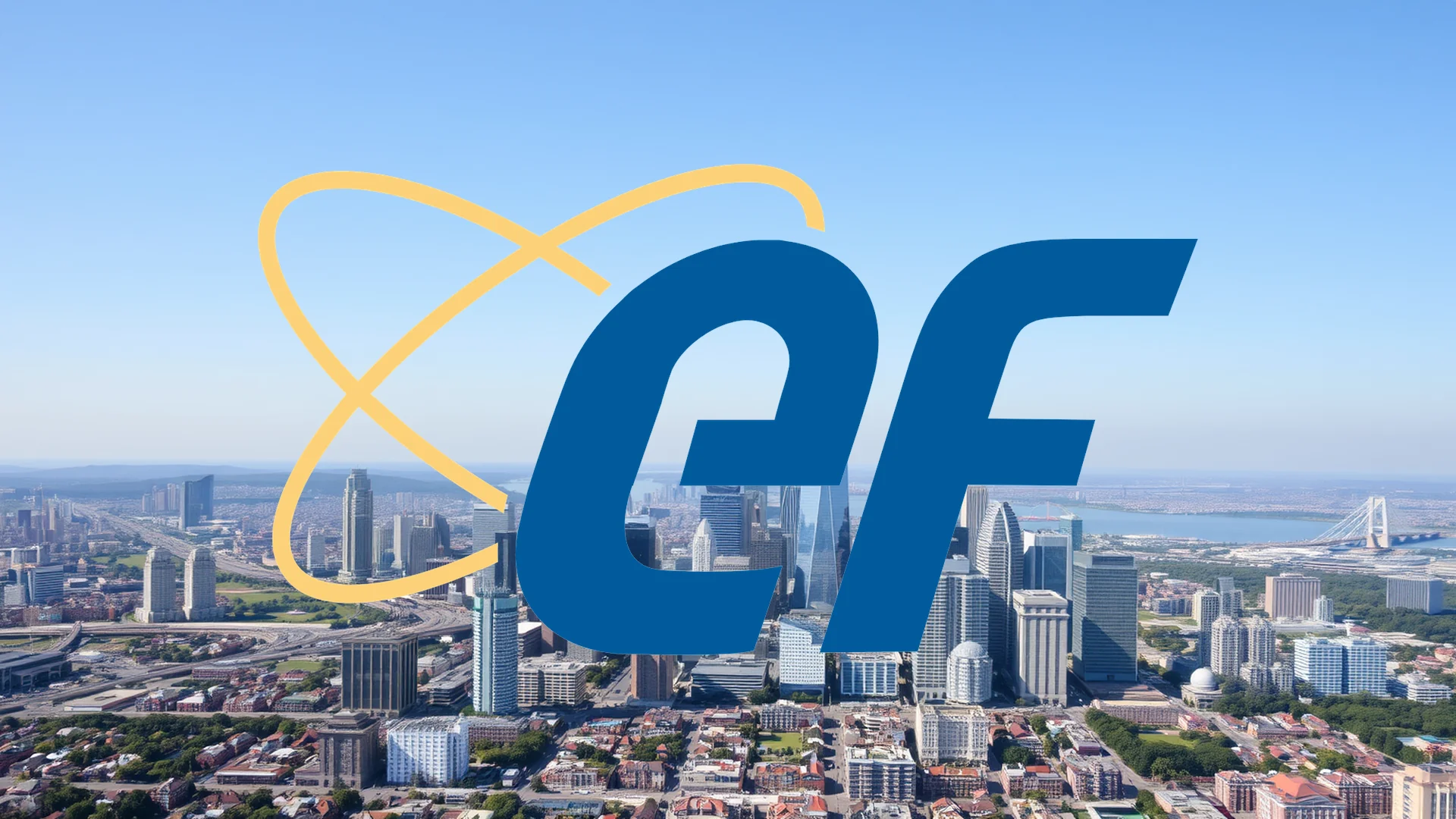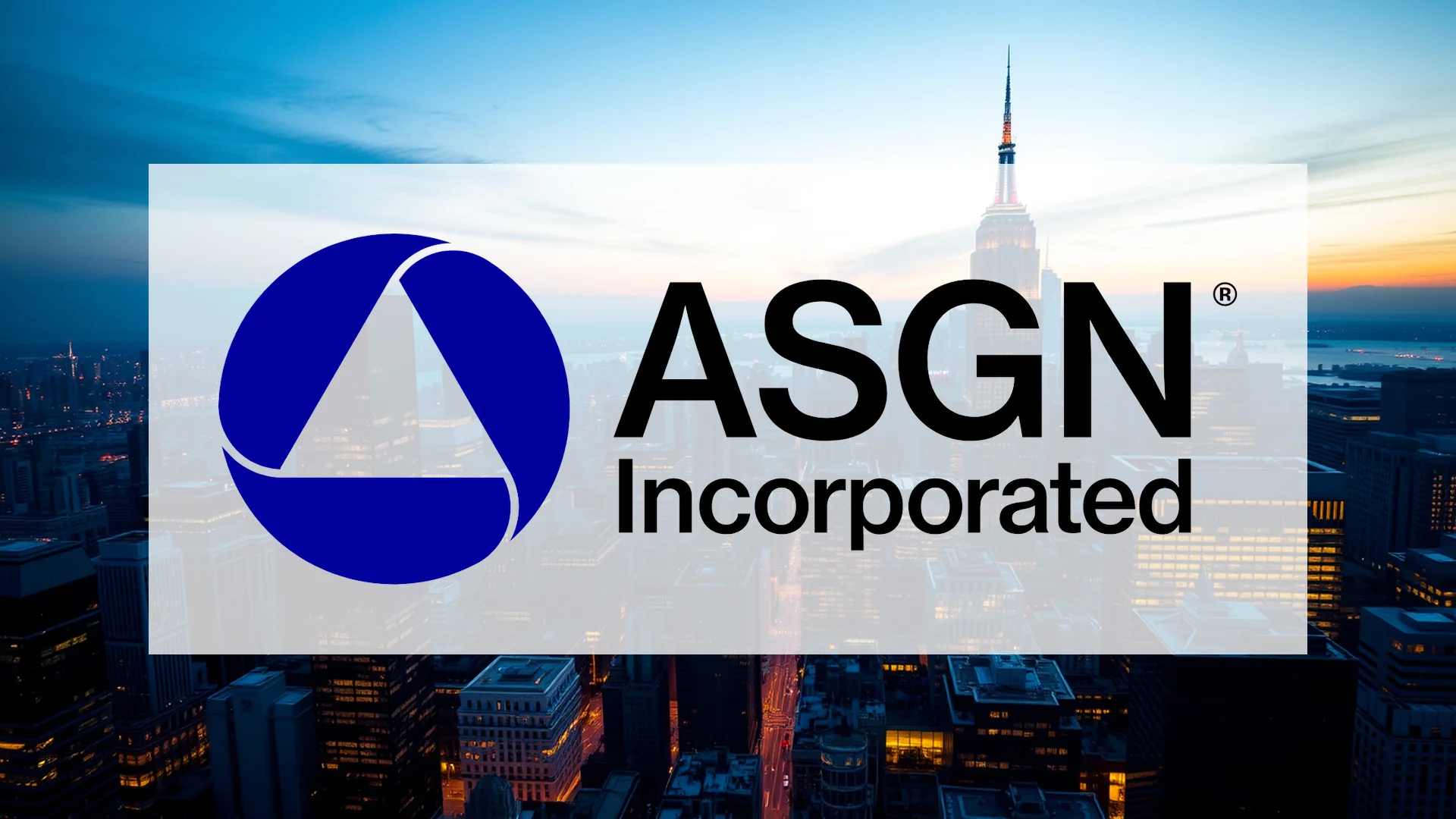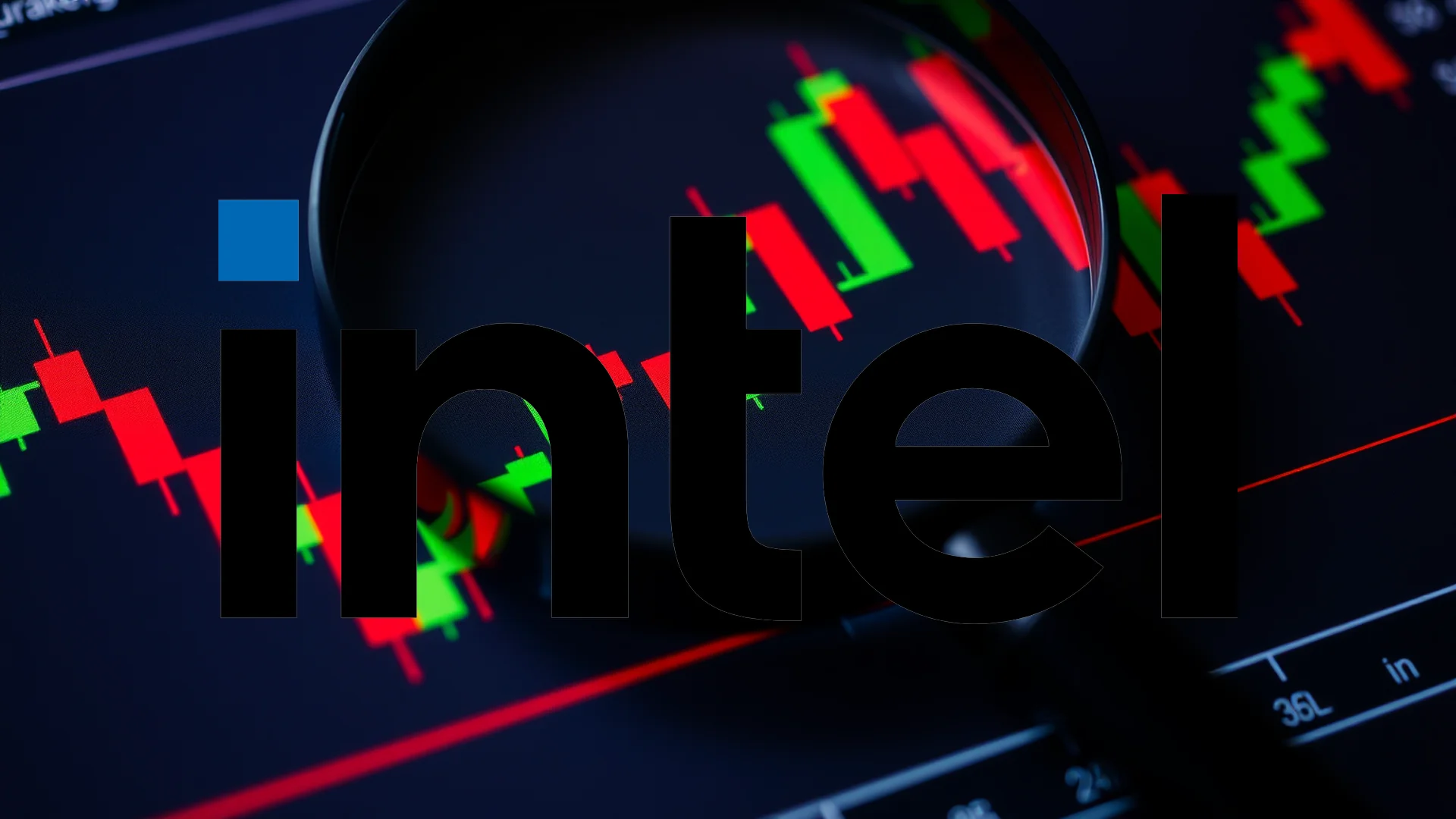The transition to clean energy represents one of the defining investment themes of our era. However, placing capital into the iShares Global Clean Energy ETF (ICLN) constitutes a highly focused wager. More than half of the fund’s portfolio is allocated to just ten companies. As legislative support and volatile input costs vie for dominance, a critical question emerges: does this concentration represent a strategic strength or a significant vulnerability?
A High-Stakes, High-Volatility Profile
Tracking the S&P Global Clean Energy Transition Index through physical replication, the ICLN ETF holds the actual stocks within the index. With approximately $2 billion in assets under management and an expense ratio of 0.39%, the fund is positioned in the mid-range for its category.
The fund’s construction, however, introduces specific risks. Its top ten holdings account for over 50% of the entire portfolio. In practical terms, this means that lackluster performance from a small group of companies can place substantial pressure on the entire ETF. Conversely, a significant price surge in these heavyweight components can propel the fund dramatically upward. This heavy reliance on a limited number of stocks makes ICLN a volatile vehicle, a fact underscored by its 29.22% annualized 30-day volatility.
Should investors sell immediately? Or is it worth buying iShares Global Clean Energy ETF?
Sector and Geographic Allocation: A Clear Picture
From a geographic perspective, the ETF employs an international strategy, with about 67% of assets invested in foreign companies. The remainder is dedicated to domestic markets. Sector allocation is clearly defined, with Utilities dominating at nearly 48%, followed by Industrials at 27% and the Technology sector at 24%. This weighting mirrors the current structure of the energy transition, where utility companies and infrastructure providers play leading roles.
The fund’s strong performance year-to-date—a gain of roughly 54%—demonstrates that its strategy can deliver substantial returns during favorable market conditions. Nonetheless, a recent pullback from its 52-week high of $18.10 in early November suggests growing investor caution. Currently, with an RSI reading of 27.9, the ETF is trading in oversold territory, a technical signal that can indicate either a potential buying opportunity or the persistence of downward momentum.
Navigating a Politically Charged Landscape
The clean energy sector is currently shaped by the dynamic interplay between government subsidies and economic realities. Legislative initiatives designed to bolster renewable energy contend with fluctuating commodity prices and rising capital costs. This environment is further complicated by market volatility, which disproportionately impacts smaller utility and technology firms. An investment in ICLN is inherently an investment in this complex and uncertain landscape, embracing both the considerable opportunities and the inherent risks that come with it.
Ad
iShares Global Clean Energy ETF Stock: Buy or Sell?! New iShares Global Clean Energy ETF Analysis from December 25 delivers the answer:
The latest iShares Global Clean Energy ETF figures speak for themselves: Urgent action needed for iShares Global Clean Energy ETF investors. Is it worth buying or should you sell? Find out what to do now in the current free analysis from December 25.
iShares Global Clean Energy ETF: Buy or sell? Read more here...











